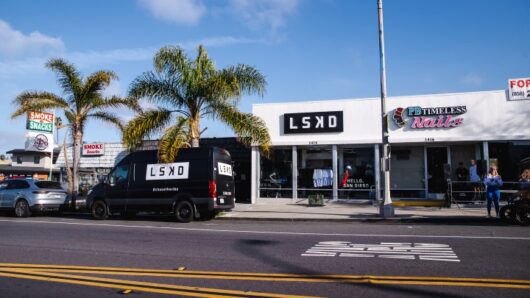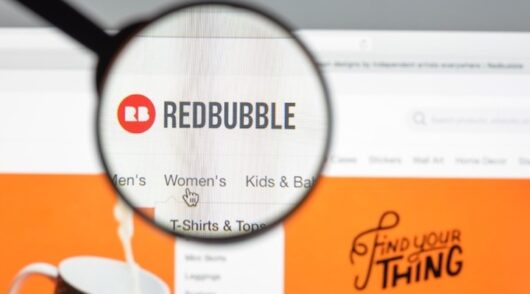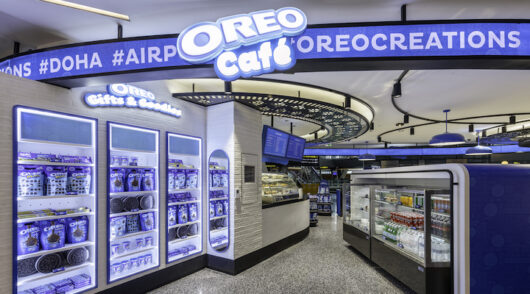This is the story of how a “bad” idea became a billion dollar company (and a force for good) in under a decade.
It’s a yarn that took me from Sydney to the suburbs of Las Vegas and back again. It’s the story of Zappos, the spectacularly successful US online shoe retailer.
My introduction to Zappos was reading founder Tony Hsieh’s book “Delivering Happiness: A Path to Profits, Passion and Purpose”. Hsieh (pronounced “Shay”) is a serial entrepreneur. Prior to Zappos, he created an Internet advertising network and subsequently sold it to Microsoft for US$265 million. (Not bad for a 25 year old… and Hsieh is still only 38 today.)
Casting around for new investment opportunities in 1999, Hsieh was approached with the notion of selling shoes online. Thinking it was “the poster child of bad dot com ideas”, he almost deleted the initial voice mail that presented the concept. It was only when Hsieh learned that the North American footwear market was worth US$40 billion, and that five per cent was already being sold by mail order, that he got serious and bought a piece of the fledgling business. Two months later, Hsieh installed himself as co-CEO and Zappos took its first tentative steps to prominence.
Like all good business success stories Zappos has had its share of ups and downs. But the ups have been stratospheric. In 2000 Zappos turned over US$1.6 million and was just another web start-up. By 2008, the company cracked US$1 billion in revenue (two years ahead of target), and by the following year debuted at #23 on Fortune’s Top 100 Companies to Work For. That same year Amazon bought Zappos in a deal valued at US$1.2 billion.
Intrigued by the book and the company, I took time out from a holiday to the US to pay a visit to the source – Zappos’ headquarters in Las Vegas. Zappos delights in welcoming visitors and conducts basic office tours for free, and an extended “Tour Plus” with a Q&A session for US$47. (I opted for the latter.)

What I discovered was a company built by a Generation X-er for a workforce of Generation Y’s. Colourful, chaotic and casual, the culture Hsieh and his cohorts created is the glue that sticks the business together. Wear a tie to the tour and it’s likely to be gleefully cut off and the remaining fragment displayed like a trophy in the foyer.

The Zappos workforce is treated to concierge services, free pizza and soft drinks, and lavish parties. Zapponians celebrate targets met with t-shirts that bear slogans like “my company sold $1 million in one day and all I got was this lousy t-shirt.” They talk of the Zappos “family” and management employ a full-time coach to help employees achieve personal goals outside of work such as losing weight (possibly due to all that pizza).
To the outsider, it’s totally wild, but it works because Hsieh hires and fires according to a set of 10 “Family Core Values” such as: “be adventurous, creative and open-minded.” (These statements are plastered everywhere in all kinds of unusual ways – even on the bathroom walls.) All new Zappos employees, regardless of position, go through four weeks of customer service training. At the end of the month, they are offered US$4000 to leave the company. That sharpens the mind as to whether Zappos is really the life choice you want to make.

Back in Sydney, I wheedled my way into a PwC breakfast event this week – Tony Hsieh’s first appearance in Australia. Hsieh’s disarmingly informal presentation crystallised my understanding of what makes Zappos different.
Firstly, Zappos was never just about selling shoes. It was always about customer service… and very quickly that became the main game. And so Zappos was the first online retailer to offer free shipping both ways, a 365-day return policy, and a 24/7 call centre. Hsieh told the PwC audience that he invested “the money most people spend on advertising on customer service instead, and then we let the customers do the marketing for us.” Some 75 per cent of Zappos’ business is from repeat customers.
Secondly, culture is critical. Hsieh always figured that if he got “the culture right, then everything else, including the customer service, will fall into place”. For the first five years of Zappos’ existence, Hsieh personally interviewed every single candidate. Besides the “standard stuff” (skills), Hsieh always considered “would I want to go grab a drink with this person?”
Finally, Zappos became about serving a higher purpose – to return to the theme of the book, its ultimate goal is now “Delivering Happiness”. Early on, Hsieh and his partners asked, “what do we want to be when we grow up? Do we want to be about shoes, or something more meaningful?”
All great companies have a lofty vision, and Zappos now extends to a separate successful business called “Zappos Insights” that assists other companies to establish their guiding principles, and an entire “Delivering Happiness” movement that helps “people, organisations, and businesses apply frameworks of happiness to their lives.”
Zappos may be the consummate “new retail” company, and as such has much to teach all retailers.
How do you replicate Zappos success? In the words of Tony Hsieh, “just go with being true to yourself.”
** Inside Retail now stocks Tony Hsieh’s book, Delivering Happiness. Order a copy here.
Jon Bird heads up IdeaWorks, a specialist retail marketing company with offices in Sydney, Brisbane, Melbourne and Auckland. Email Jon. Twitter: @thetweetailer





